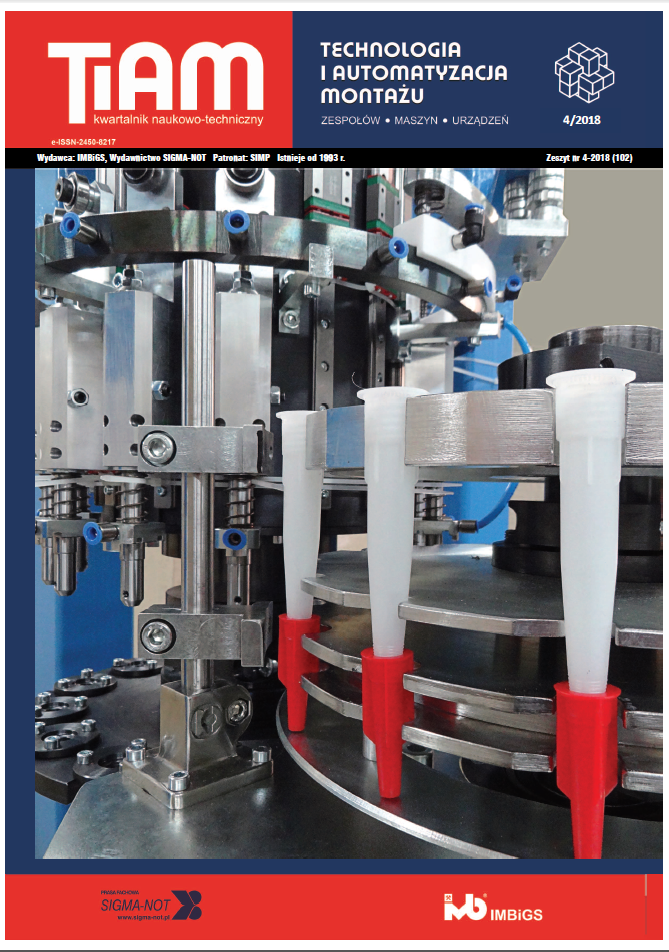Abstract
Loading compressive stress into surface layer of thin sheets cause possibility of their deformations. The sand blasting of surface layer of adhesive lap joints after adhesive curing should cases such deformation that can reduce stresses in adhesive layer, so enlarge joint strength. The experimental tests and numerical calculations verify this hypothesis. The method of considering in numerical calculations the effect of surface treatment cold-work hardening was proposed. Made experimental tests and numerical calculations showed that the increase of strength of cold-work hardening lap adhesive joints may cause strength increase from a dozen or so to dozen percent.
This is an Open Access article distributed under the terms of the Creative Commons Attribution License CC BY 4.0 (https://creativecommons.org/licenses/by/4.0/)
References
Cagle Ch.V. 1977. "Kleje i klejenie". Warszawa: Wydawnictwa Naukowo- Techniczne.
Czaplicki J. i in. 1987. "Klejenie tworzyw konstrukcyj-nych. Warszawa: Wydawnictwa Komunikacji i Łączności,
Klein B. 1994. .Leichtbau - Konstruktion Berechnungsgrundlagen und Gestaltung Vieweg". Verlag GmbH. Braunschweig-Wiesbaden.
Mirski Z., T. Piwowarczyk. 2008. .Historia klejenia - od prehistorii do dzisiaj". Przegląd Spawalnictwa (8).
Ptakowska-Wyżanowicz H. 1961. .Klejenie metali". Warszawa: Państwowe Wydawnictwa Techniczne. [
Zielecki W., K. Korzyńska. 2017. .Analiza wpływu wybranych parametrów pneumokulowania na nośność jednozakładowych polaczeń klejowych stopu tytanu Ti6AI4V". Technologia i Automatyzacja Montażu (1): 55-59.
Zielecki W., K. Korzyńska. 2016. .Umacnianie zakładkowych połączeń klejowych stopu tytanu Ti6AI4V metoda pneumokulowania". Technologia i Automatyzacja Montażu (1): 44-47.

